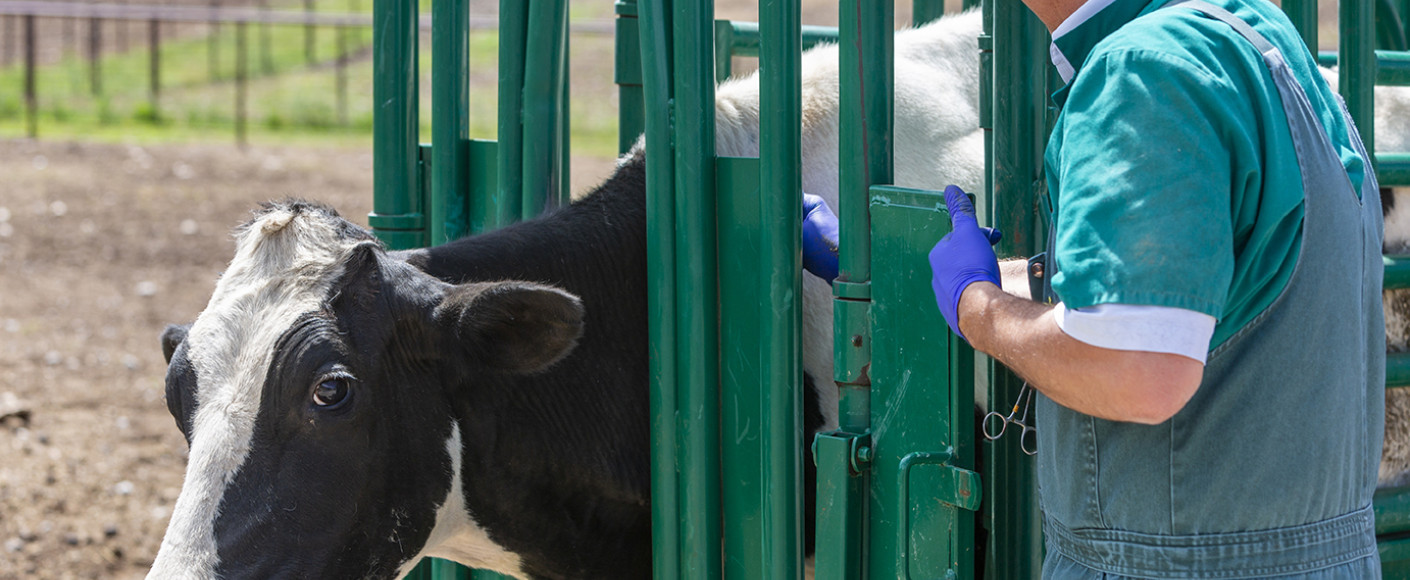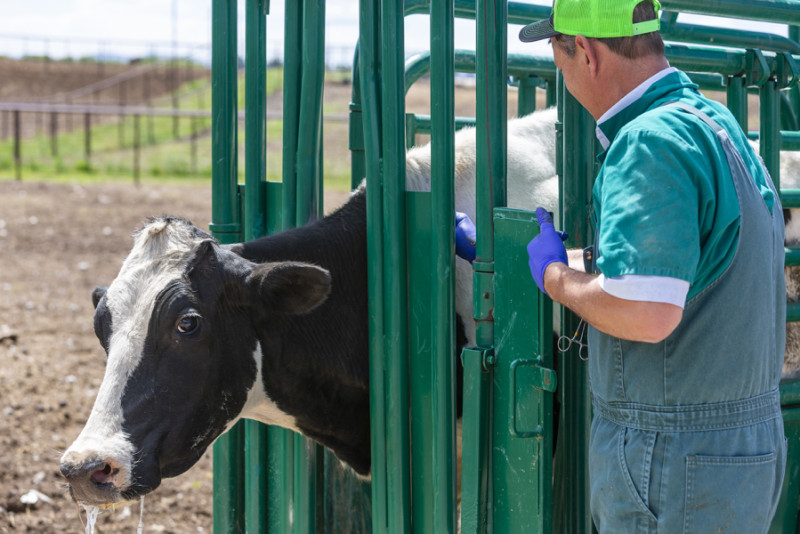The How and Why of Antibiotics in Animal Care
Just like humans, cattle can pick up illnesses, whether they’re out on pasture or in a feedlot with other animals. When an animal gets sick, farmers, ranchers and veterinarians carefully evaluate when to administer antibiotics and use specific dosages and treatment protocols to treat the animal. Cattle farmers and ranchers believe not treating cattle that become sick is inhumane. Proper treatment is part of their ongoing commitment to animal health and welfare.
Antibiotics are used in animal medicine to prevent disease, which is important to animal and human safety. Depending on the circumstance, antibiotics may be given to cattle as individual injections or added to feed or water to treat a larger group that has been exposed to the same illness. When administering antibiotics, farmers and ranchers follow precise usage guidelines to protect both animals and humans. These protocols have been rigorously tested and approved by the U.S. Food and Drug Administration (FDA).
All antibiotics must go through rigorous government scrutiny before being approved for use in livestock. Unlike human medicine, animal medicine goes through three layers of approval to determine if the medicine is safe for the animal, the environment and the humans who will consume the meat. All three areas must be evaluated before approval from the FDA. Even after they’re approved, antibiotics are continuously monitored and must be re-evaluated annually. They only stay on the market if they continue to be proven safe.
Antibiotics used to prevent disease differ from those used for growth promotion purposes in three ways:
- Dose
- Duration
- Level of veterinary oversight
Some farmers and ranchers choose to use ionophores — a special class of antibiotics not used in human medicine — to promote lean muscle growth in animals, which results in leaner beef choices.
Cattlemen and the entire livestock community are working together to continuously improve the way antibiotics are used in animals, because they care about how their practices impact antibiotic safety and efficacy.





